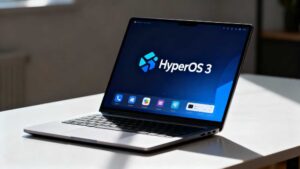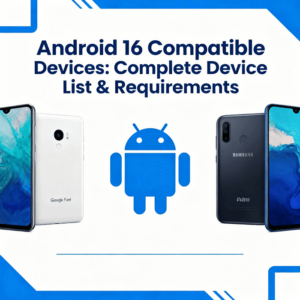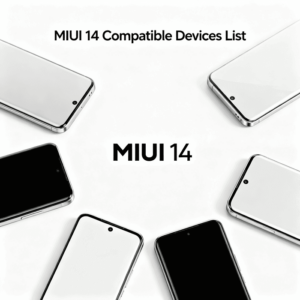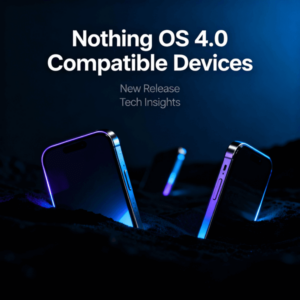Table of Contents
Introduction
Smartphone users everywhere are always on the lookout for the next major software update—one that truly transforms the experience rather than simply tweaking icons. Enter OriginOS 6, the much-anticipated OS build from vivo and its sibling brand iQOO. If you’ve been wondering whether your device is included among the OriginOS 6 compatible devices, you’re in the right place. In this article I’ll walk you through what OriginOS 6 brings to the table, how the rollout is structured, and more importantly which devices have made the cut (and which ones might be left waiting). Consider this your go-to tech-journalist style breakdown tailored for smartphone users who want to stay ahead of their update game.
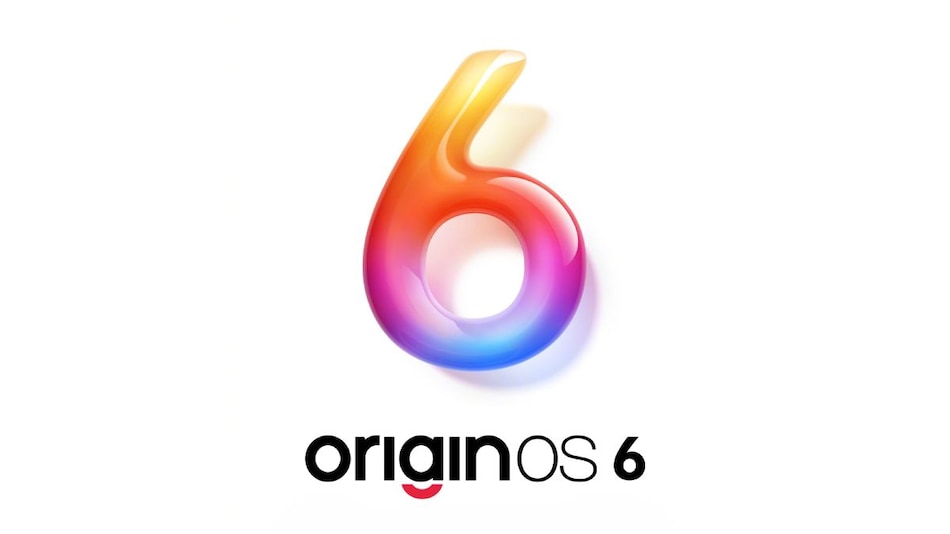
What is OriginOS 6?
A fresh start
OriginOS 6 is the next major operating-system milestone from vivo/iQOO, built on Android 16 and intended to replace older skins (like Funtouch OS) in many markets. The update is more than a cosmetic refresh — it brings revamped UI design, deeper AI integration, performance optimizations and enhanced long-term support.
Key feature highlights
-
A three-dimensional “space system” interface, translucent color schemes, gradient blur effects and layered visuals make the UI feel more modern and responsive.
-
Performance optimisations: smoother animations, better multitasking, improved battery and standby efficiency.
-
Additional features like “Origin Island” (a live info hub on the lock screen) and stronger privacy/security tools.
In short: if your device is listed among the OriginOS 6 compatible devices, you’re looking at a meaningful upgrade—not just a typical incremental update.
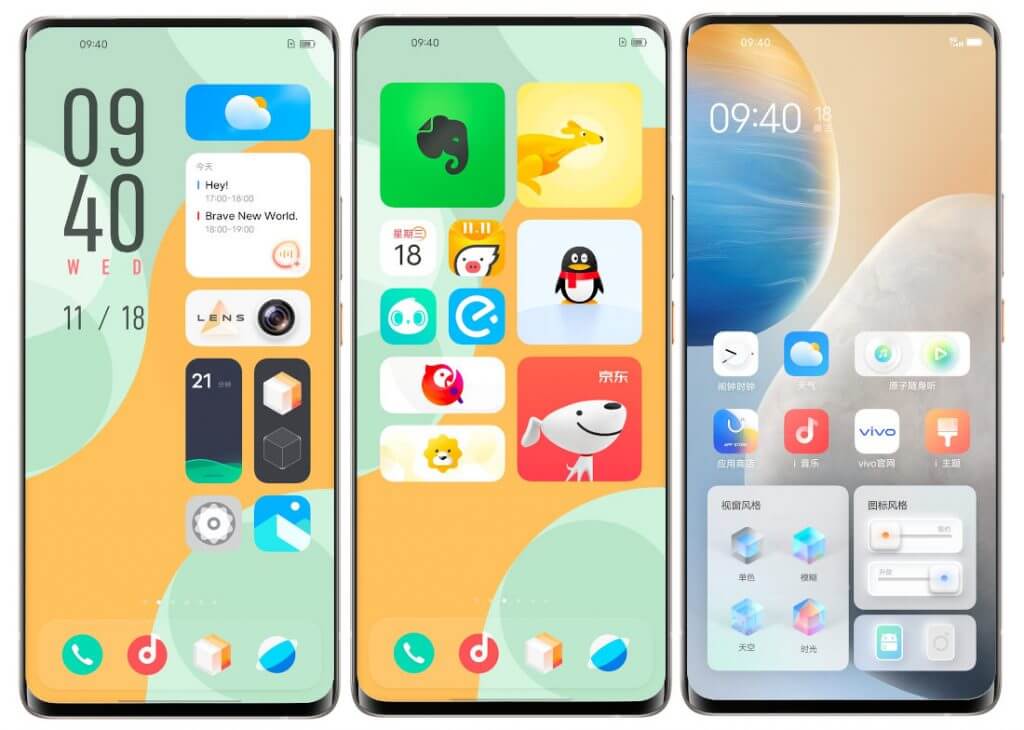
Why the “OriginOS 6 Compatible Devices” list matters
Understanding eligibility
When you check whether your smartphone is among the OriginOS 6 compatible devices, you’re essentially checking two things: is your hardware eligible for major OS updates, and will vivo/iQOO deliver them for your specific model and region. Without being listed, you might miss out—or at least wait much longer.
What this means for users
-
Upgrade sanity: If your device is already listed as compatible, you can plan ahead (backup your data, check for early beta access).
-
Purchase decisions: If you’re shopping for a new device, picking one from the list of OriginOS 6 compatible devices ensures longer-term software support.
-
Expectations management: Knowing where your model falls (flagship vs mid-range vs budget) helps you gauge when the update will arrive.
Rollout Timeline at a Glance
Here’s the rollout schedule for OriginOS 6, showing how vivo/iQOO plans to distribute the update across their device fleets.
| Period | Devices Included | Notes |
|---|---|---|
| Early November 2025 | Flagships (X200 series, X Fold5, iQOO 13) | First wave of stable updates |
| Mid-November 2025 | Secondary flagships (X100 series, iQOO 12) | Next tier in priority |
| Mid-December 2025 | Upper mid-range (V50, T4 Ultra) | Broader rollout begins |
| First half 2026 | Budget & older models (Y series, older T/V devices) | Wider availability across markets |
Understanding this timeline helps you set expectations for when the update lands on your device.
Which Devices Are Actually on the List of OriginOS 6 Compatible Devices?
Let’s break this down by series to help you quickly locate whether your device is eligible. Note: while some devices are confirmed, others are highly likely based on update policy.
1. X-Series & Foldables
These tend to get the longest software support and are prioritized.
Notable models:
-
vivo X200, X200 Pro, X200 Ultra, X200 FE
-
vivo X100, X100 Pro, X100 Ultra
2. iQOO Brand Devices
iQOO is part of the same ecosystem and follows similar update promises.
Notable models:
-
iQOO 13 (early November)
-
iQOO 12, 12 Pro
-
iQOO Neo series: Neo 10, Neo 10R
-
iQOO Z series: Z10, Z9, etc.
3. V-Series (Upper Mid-Range)
Less hot-flagship but still eligible for major updates.
Notable models:
-
vivo V60 (early November)
-
vivo V50, V50e (mid December)
-
vivo V40 series, V30 series (first half 2026)
4. T-Series (Budget / Mid-Range)
Update promises are more modest here but still present.
Notable models:
-
vivo T4, T4 Pro, T4 Ultra
-
Vivo T3 series (H1 2026)
5. Y-Series (Entry Level)
These often get only one or two major updates; eligibility is less certain.
Notable models:
-
vivo Y400, Y400 Pro, Y300 series
-
vivo Y200 series and other budget models (H1 2026)
How to Check If Your Device Is Among the OriginOS 6 Compatible Devices
Step-by-step
-
Go to Settings > System > Software update on your device (once rollout begins).
-
Look for any “Preview” or “Beta” registration program—vivo/iQOO sometimes open early access.
-
Check your model’s update promise: Is it in the flagship X-series or a budget Y-series? Update window differs accordingly.
-
Backup your data before updating—major OS upgrades can impact app compatibility, settings etc.
Practical tips from the field
-
If your device launched with Android 13 or later, chances of being an OriginOS 6 compatible device are higher. For older devices (Android 12 or earlier), eligibility might be reduced.
-
Region matters: even if your device is eligible globally, your local rollout may lag behind.
-
Be patient: The update is phased. Just because your device is eligible doesn’t mean it’ll land day one.
Why Some Devices May Miss the OriginOS 6 Update
Manufacturer policy & hardware constraints
-
Some models are too old or launched with much older Android versions, and manufacturers typically guarantee only 2-3 major OS updates.
-
Lower-end hardware may struggle to deliver a smooth experience with OriginOS 6’s advanced features (AI, layered UI etc.).
-
Regional variants and carrier models can complicate rollout schedules—eligibility doesn’t always guarantee immediate access.
What happens if you’re not eligible?
-
You’ll still receive security updates, but you may miss the visual refresh and new features in OriginOS 6.
-
A hardware upgrade may be worth considering if you want full access to the latest software features.
Pros & Cons of Updating to OriginOS 6
Pros
-
Major UI upgrade: More modern, coherent, and customizable interface.
-
Performance boost: Faster animations, better multitasking, improved standby/battery behaviour.
-
Software longevity: Being an OriginOS 6 compatible device means you’re likely to get longer support.
-
New features: AI-powered tools, better privacy, smoother visuals.
Cons
-
Bugs are possible: As with any major OS rollout, early adopters can face glitches—especially in early build.
-
App compatibility: Older apps might misbehave after a big OS change.
-
Learning curve: New UI paradigms mean you may need some adjustment time.
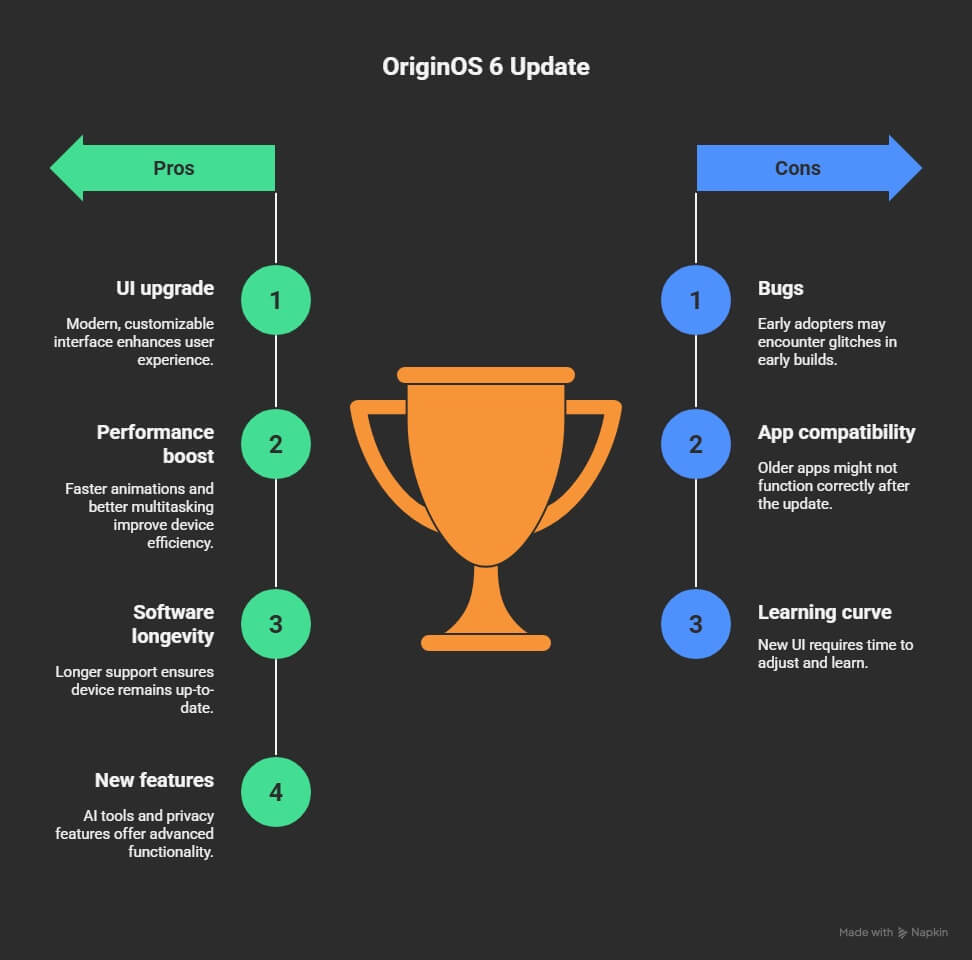
My personal take
Having used previous vivo/iQOO builds, I find that shifting to OriginOS 6 feels like a meaningful upgrade. If your device is on the OriginOS 6 compatible devices list, it’s worth the wait. However, if you’re in the budget tier and have less update promise, be realistic: you may get it later or with fewer features.
Summary & What You Should Do Next
-
Check if your device is included among the OriginOS 6 compatible devices — especially if it’s a recent X-series, iQOO flagship or upper mid-range V/T series.
-
Monitor your region’s rollout schedule and register for any preview/beta programs if available.
-
Backup your data ahead of updating.
-
If you’re shopping for a new phone, choosing one that’s on the compatibility list means better long-term value.
-
If your device is not eligible, still monitor for security updates and evaluate whether an upgrade makes sense based on your usage.
Frequently Asked Questions (FAQ)
Q1: What exactly does “OriginOS 6 compatible devices” mean?
It means the device has been confirmed (or highly likely) to receive the OriginOS 6 update from vivo/iQOO, based on rollout plans and update policies.
Q2: Do all models of a series get the update?
Not necessarily. While an entire series (e.g., X-series) may be listed, specific variants (region-locked/carrier) might be excluded or have delayed rollout. Always check for your exact model.
Q3: If my device is eligible, when will I get OriginOS 6?
It depends on the tier: flagship devices early in rollout (Nov 2025), mid-range later (Dec 2025) and budget/older models H1 2026. See the timeline section above for details.
Q4: Will my device lose anything if I skip updating to OriginOS 6?
You won’t lose basic functionality, but you may miss out on new UI features, performance enhancements and longer update support that come with being an “OriginOS 6 compatible device”.
Q5: Can I manually install OriginOS 6 via firmware download?
While technically possible in some regions, it’s risky. Rolling out via official OTA is safer: preserves data, ensures compatibility and keeps region-specific features correct.
Conclusion
Updating your smartphone’s operating system can sometimes feel like a gamble. But when you’re dealing with an update as significant as OriginOS 6, knowing whether your device is among the “compatible” list makes all the difference. If you own a device from the X-series, iQOO flagship line or a recent V/T model, you’re likely in the safe zone. Use the rollout timeline and device lists above to prepare yourself. Backup your data, stay patient, and when the update lands — dive in.


